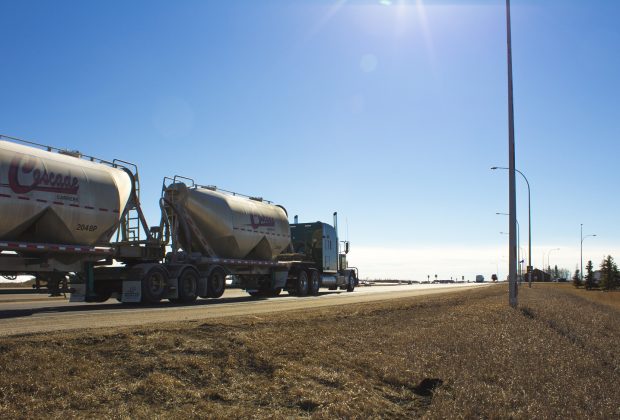In the world of logistics and transportation, productivity equals profit. Due to that, many companies are looking for ways to boost their output, cut down on transportation and delivery times, so that they can make their business as effective as they can in as many ways as possible.
One of the things many logistical businesses have turned to is the influx of new technology to help them better achieve these goals. Ranging from technology such as ELDs, to devices to limit unnecessary stops, here is some of the top technology that’s making truckers, and the logistical businesses they operate for, more productive.
Weigh Station Bypass Software
During a long trip, many trucks and large vehicles need to be weighed to make sure the roads they’re driving on can sustain the cargo load. To weigh large vehicles, they have to pull into a weigh station for the majority of the time, and each time they do, this can add significant time to their journey, especially if they have to pull in to different stations multiple times in one trip.
To limit this occurrence, and potentially eradicate the need to be weighed, Drivewyze has created a super smart piece of software that offers legal bypass opportunities at more than 800 key sites across the majority of Northern America.
It works by relaying information about the truck, such as its weight, carrier safety score, as well as other factors to the weigh station. Depending on this information, the driver will then receive a bypass or pull-in instruction.
Being able to bypass the majority of weigh stations can help save time and money, as less fuel will be wasted idling, and trucks will be able to complete jobs quicker and more effectively. Drivewyze software is also safe and easy to use, as it’s handsfree and requires no professional installation, making it a great asset for any truck driver.
Electronic Logging Device’s
ELDs have become a mandatory requirement for most trucks and businesses as it accurately measures how long a driver has been on the road for to make sure they’re not going over their limit. However, although it’s a legal requirement, those who find themselves exempt are still using the tool due to the many benefits it has.
An ELD can do a lot of different things, but some of its key features is its ability to track bad driving behaviors such as excessive acceleration, hard breaking, and hard turning. Doing these things can lead to a less effective drive which burns more fuel, wasting more money. Alerting drivers about their bad practices can discourage them to continue them, making them better and safer.
ELDs also have the power to track routes and can be used to better plan directions so that drivers can avoid obstacles and know about the fastest way to get to a destination. Getting between locations quicker means that drivers can pick up more contracts, increasing their productivity and profitability.
An ELD also connects to a vehicle’s diagnostics, meaning it can pick up on any fault signals within the vehicle so that both the driver and fleet manager knows about it instantly. This means that faulty vehicles can quickly and easily get the appropriate maintenance before big issues appear, meaning they spend less time off the road getting serviced and repaired.






